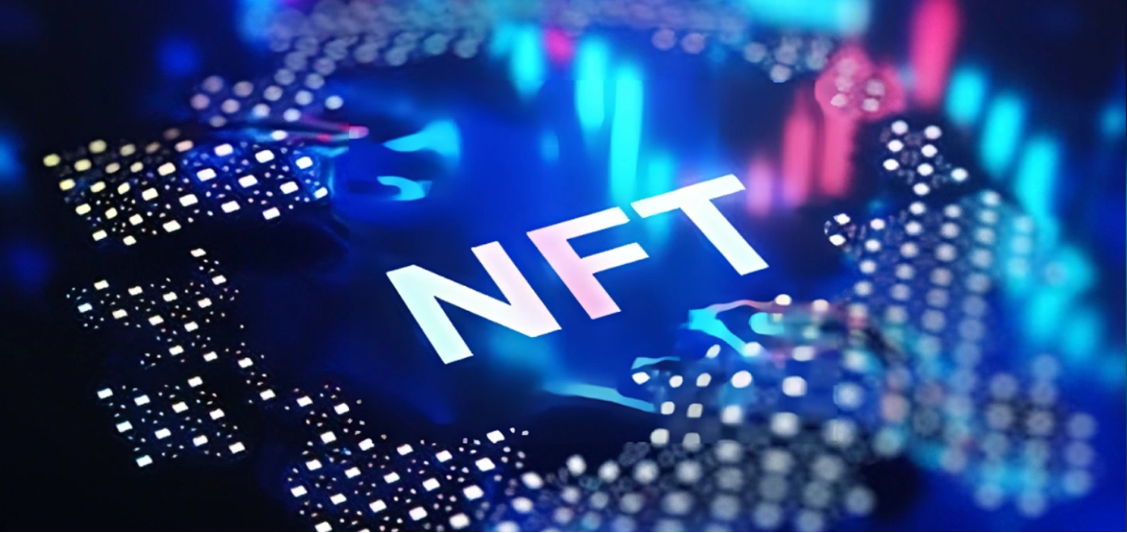
A Comprehensive Analysis of DApp Front-End Development: Essential Technologies and Core Processes
With the vigorous development of Web3, DApps have become an important part of the blockchain industry. Whether it is DeFi, GameFi, or the NFT market, the success of Dapps not only depends on powerful smart contracts, but an excellent front end is also the key to determining the user experience. For project parties, understanding the technology stack and core processes of DApp front-end development helps to better plan the development scheme and enhance the competitiveness of the product.
So, what technologies are actually needed for the front end of a DApp? What are the key steps in the development process?
The core role of the front end of a DApp
The role of the front end of a DApp is similar to that of a traditional Web application, but it interacts with blockchain. The difference lies in that it requires:
Interact with smart contracts: Invoke smart contracts on the blockchain to achieve functions such as transactions and data queries.
Manage user wallets: Support users to log in and conduct transactions using Web3 wallets such as MetaMask and WalletConnect.
Display on-chain data: Read data from the blockchain and present it to users in an intuitive way.
Optimize the interactive experience: Reduce the complexity of blockchain operations and enhance user usability.
A smooth and user-friendly DApp front-end can significantly enhance user stickiness and market competitiveness, thereby promoting the success of the project.
2. What technologies are needed for DApp front-end development?
(1) Front-end basic technology
The development of the front end of Dapps cannot do without traditional Web technologies. Common technology stacks include
HTML/CSS: It is used to build the structure and style of web pages. CSS frameworks such as TailwindCSS and Bootstrap can enhance development efficiency.
JavaScript/TypeScript: A front-end programming language. TypeScript can offer better type safety and is suitable for the development of large-scale Dapps.
Front-end framework (React/Vue) :
React.js: The most popular front-end framework, suitable for building complex DApp interfaces. For instance, Uniswap and OpenSea are all developed based on React.
Vue.js: A more lightweight option, suitable for simpler dapps or personal projects.
(2) Blockchain interaction technology
The core of the DApp front end lies in interacting with blockchain. The following are the main Web3 development tools:
Web3.js (Ethereum ecosystem
Web3.js is a JavaScript library for interacting with the Ethereum blockchain. Its main functions include:
Connect to an Ethereum node
Send transactions and read block information
The method of invoking the smart contract
Ethers.js (Ethereum ecosystem)
Ethers.js is more lightweight and user-friendly compared to Web3.js, and it offers a more modern API. It has gradually become the mainstream choice in the development of Ethereum DApps.
Solana Web3.js (Solana Ecosystem)
If developing a DApp based on solana, you need to use Solana-specific web3 libraries, such as Solana /web3.js.
viem (A New Option for the Ethereum Ecosystem
viem is a more modern Ethereum interaction library with a more concise and efficient API, making it suitable for the development of new Dapps.
(3) Wallet integration
Dapps typically require users to verify their identities and conduct transactions through wallets. The mainstream Web3 wallets include MetaMask, Phantom, and OKX Web3 wallets.
(4) Back-end and data storage
Although DApps are decentralized, they still require some backend services to handle off-chain data, such as:
The Graph: It is used for indexing and querying blockchain data to enhance the data acquisition efficiency of Dapps.
IPFS/Arweave: Decentralized storage solutions, suitable for scenarios such as NFT and file storage.
Firebase/Supabase: Used for storing non-sensitive user data, such as user preferences, cache data, etc.
3. The core process of DApp front-end development
Design UI/UX
First of all, the user interface (UI) and user experience (UX) of the DApp need to be designed. Key considerations:
The simple and user-friendly interface lowers the operational threshold for users.
Clear data display, such as Token balance, transaction records, etc.
Compatible with mobile devices, allowing users to operate smoothly on their mobile phones as well.
(2) Integrate Web3 wallets
In the front end of a DApp, it is necessary to enable users to log in and interact with their wallets. The usual steps are as follows:
Check whether the user has installed the wallet
Request the user to connect to the wallet
Obtain the user address and display it on the front end
Sign transactions using a wallet and submit them to the blockchain
(3) Interact with smart contracts
The core functions of Dapps usually rely on smart contracts, for example:
Query the user's Token balance
Execute DeFi transactions
Participate in GameFi games
(4) Optimize user experience
Since blockchain transactions may take some time, the front end should optimize the user experience:
Provide transaction progress indicators, such as the "Transaction processing in Progress" prompt.
Error handling to prevent users from being confused by failed operations.
Locally cache data to reduce unnecessary on-chain queries.
(5) Testing and Optimization
Before the DApp is launched, thorough testing must be conducted, with a focus on:
Whether the interaction of smart contracts is normal
Is the wallet connection compatible with all devices
Interface response speed and user experience
Security checks to prevent malicious attacks
4. How to reduce the front-end development cost of DApps?
When developing the front end of a DApp, the project party can reduce costs through the following methods:
Choosing the right development tool, such as Ethers.js, is more efficient than Web3.js and reduces development time.
Reuse open-source code, such as the open-source front-end code of well-known Dapps like Uniswap, for reference.
Find a professional development team, such as Shenzhen Longlian Technology, to offer professional DApp front-end development services and reduce the cost of trial and error.
Conclusion
The front-end development of Dapps involves multiple technical fields, ranging from basic HTML/CSS to blockchain interaction tools such as Web3.js and Ethers.js, and then to wallet integration and smart contract interaction, each step is of vital importance.
For project parties, a good DApp front-end is not merely about an aesthetically pleasing interface; it is also an important tool for enhancing user experience and lowering operational thresholds. If you plan to develop a DApp, choosing an experienced development team will greatly enhance efficiency, avoid pitfalls and accelerate the product's implementation.
If you are planning to develop the front end of a DApp, you can consult Shenzhen Longlian Technology. We specialize in full-stack Web3 development and can provide you with one-stop development services from smart contracts to front-end interaction, helping your project go live quickly!




